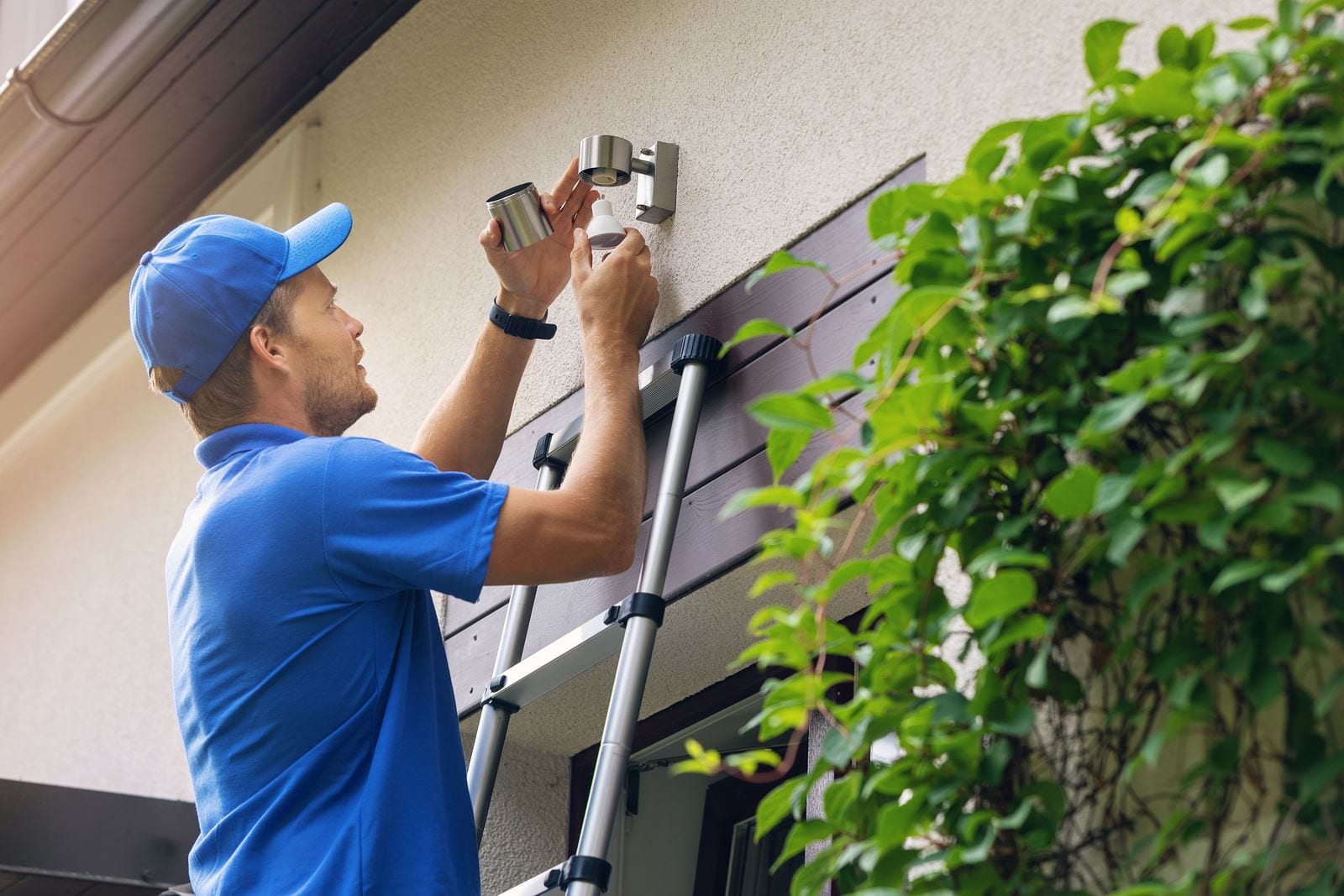How Much Do You Need To Set Aside For Maintenance?

Property maintenance is a major and ongoing expense in investment property ownership, yet it’s often overlooked by investors. Securing the ability to cover maintenance costs from the outset can prevent future complications. Plus, being able to promptly address maintenance issues can help tenant retention in the long run.
Most common types of property maintenance?
Maintenance needs vary based on your property’s age and the condition of its contents. However, even a newly constructed property will inevitably require regular maintenance.
Here are the most common areas:
- Curtains and blinds
- Kitchen and laundry appliances
- Plumbing and water heating
- Surfaces (floors and countertops)
- Heating and air conditioning
- Paint and wallpaper
Use the 1% rule to budget for maintenance
This rule suggests that maintaining a residential property for a year typically costs about 1% of the property’s value. For instance, for a $500,000 house, maintenance is estimated at $5,000 annually.
However, the 1% rule was initially designed for owner-occupiers and may not fully account for the needs of rental properties. The 1% rule also does not take into account the age and overall condition of your property. Some experts suggest that the rule works best for new properties in perfect condition and that older or more run-down properties may require an allowance of 2%.
Remember that this is a budgeting estimate tool. One year, you may only need to spend $500 on your property, while another year you might be spending up to $10,000.
Remember capital expenditure
This method helps estimate how much it will cost to keep a property in the condition it was purchased in. However, landlords may also choose to enhance their properties to elevate rental returns and boost resale value. These enhancements, such as installing air conditioning or laying new floorboards, constitute capital expenditure.
If you intend to undertake such improvements, establish a separate budget aligned with your investment objectives and financial capabilities.
Better to be safe than sorry
Allocating 1% or more of your property’s value annually for maintenance may initially appear excessive but it reduces the risk that you will encounter unexpected financial stress. The inability to promptly address maintenance needs can lead to tenant dissatisfaction and potential vacancy, resulting in loss of rental income and re-letting expenses. Additionally, the method above doesn’t take into account damages beyond normal wear and tear, extreme weather-related damage, or theft by departing tenants. To safeguard against such expenses, consider obtaining landlord insurance, providing coverage for tenant damage and various other scenarios.




